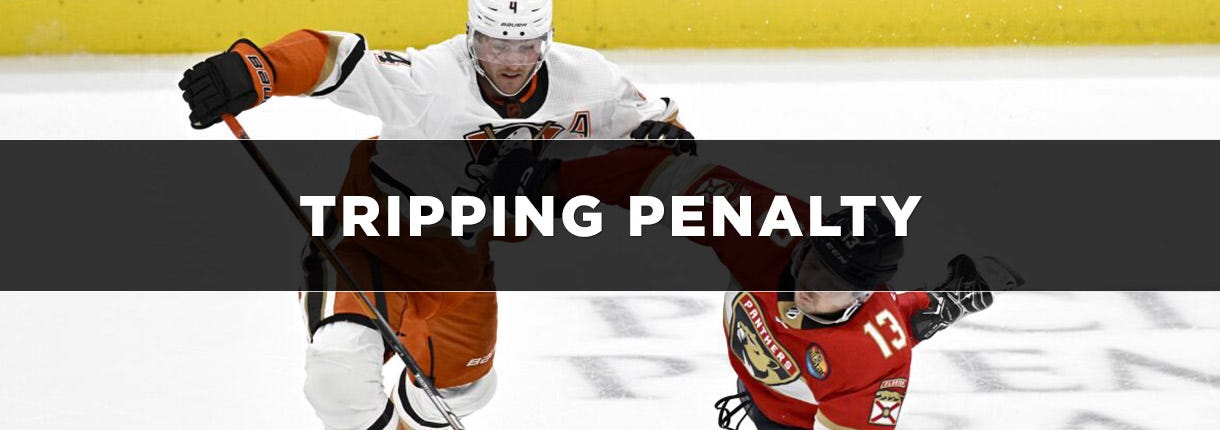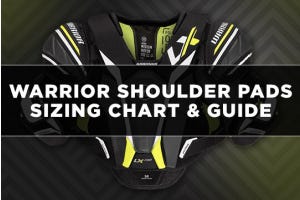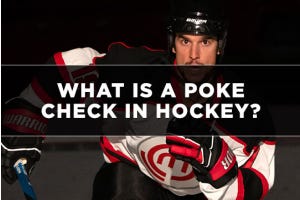Hockey’s Tripping Penalty

Tripping penalties in hockey can be pivotal, controversial or sometimes downright obvious. It is one of the most common penalties in the sport, and below we will explain what it is in detail and when the tripping penalty may occur.
In this article, we’ll cover:
- What is a Tripping Penalty in Hockey?
- What is the Penalty for Tripping in Hockey?
- FAQs About Hockey Tripping Penalty
At the end of the introduction, option to direct the reader to other articles in the “Hockey Penalties Explained” series
What is a Tripping Penalty in Hockey?
A tripping penalty is when one player intentionally trips another player to impede their progress. This penalty can occur anywhere on the ice and does not always need to happen during a scoring chance. A player's stick, body or arm can impede another's progress.
Sometimes, a player can accidentally trip another player and while it is unintentional, it is still a tripping penalty. This can happen in any zone on the ice, however the most common occurrences are during an offensive scoring chance where the defensive player has stretched or reached out to stock a scoring chance.
Tripping isn’t only for player’s. Sometimes, goaltenders can be guilty of a trip as a result of frustration or retribution. Often, goaltenders think they can trip an opposing player without penalty but goalie’s are now under the microscope for illegally slowing player’s down during a scoring chance.
What is the Penalty for Tripping in Hockey?
If you trip an opposing player, you will get a 2-minute minor penalty. While it is technically not a penalty, the tripped player can be awarded a penalty shot if the tripping penalty is so obvious and severe that the tripped player loses out on a scoring chance. This most happens on a partial breakaway where the tripped player could not get a shot off onto the net.
If a goal is not scored on the penalty shot attempt from the tripping call, there is no minor penalty assessed if the draw moves into the offensive zone.
FAQs About Hockey Tripping Penalty
What does tripping mean in hockey?
Tripping is the act of impeding a player’s progress so they stumble, fall or trip. Tripping can be done with a stick, foot, arm or leg.
Is tripping common in hockey games?
Tripping is one of the most common penalties in hockey. This is due to the intentional or sometimes unintentional nature of the call which can lead to controversy in the game.
Is it tripping If you get the puck first?
Despite popular belief, this rule changed officially in the NHL in 2014. If you get the puck first and still trip a player, it is still a tripping penalty.
Shop Our Selection of Hockey Pads & Protection at HockeyMonkey
It does not matter how a player gets tripped, a tripping penalty is still a pivotal call in any level. Even if it is unintentional, a 2-minute minor will be assessed. Tripping can be dangerous for any player, but here at Monkey we always recommend staying protected. Shop our full line of protective gear now!









Login and Registration Form
or
Create an account